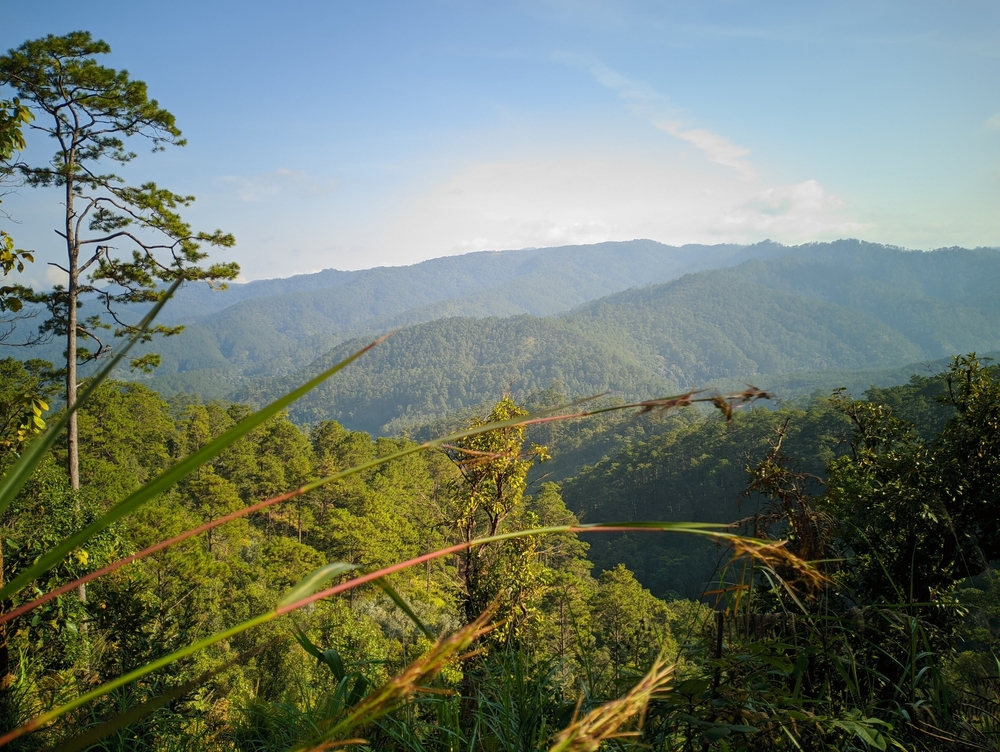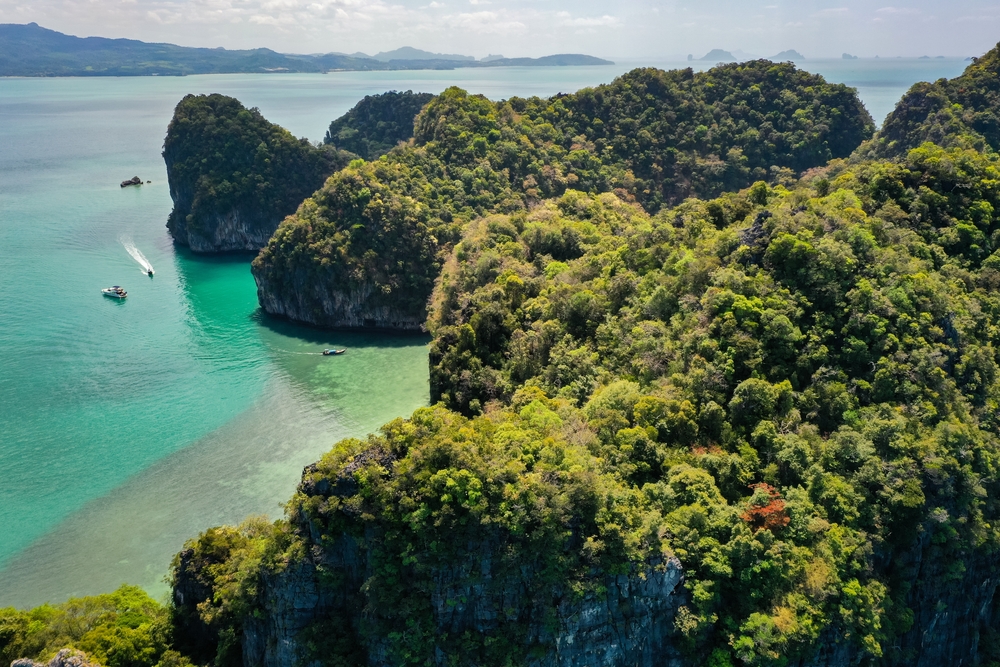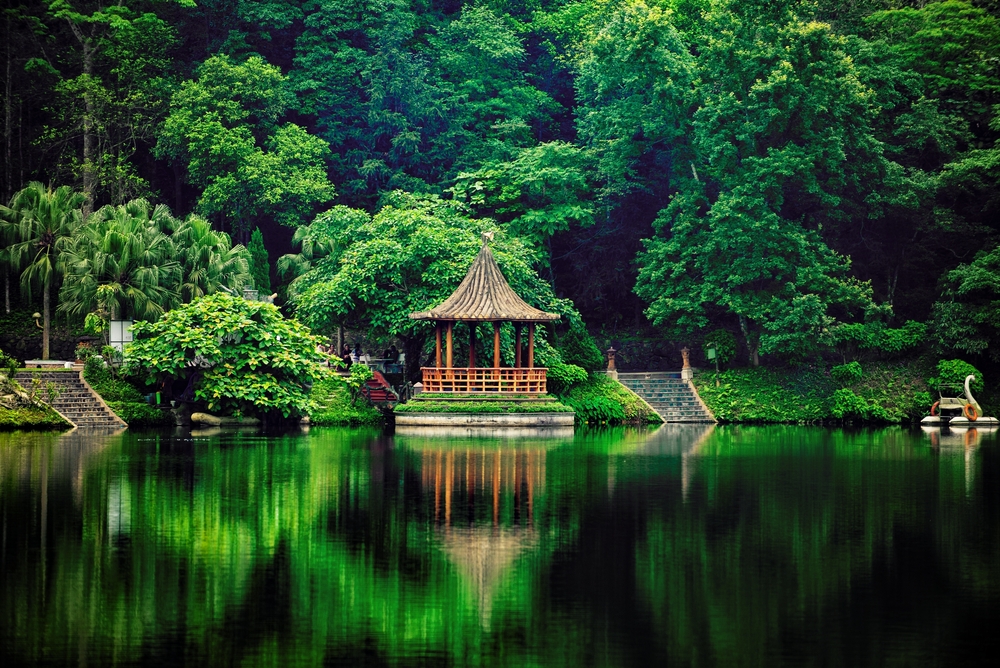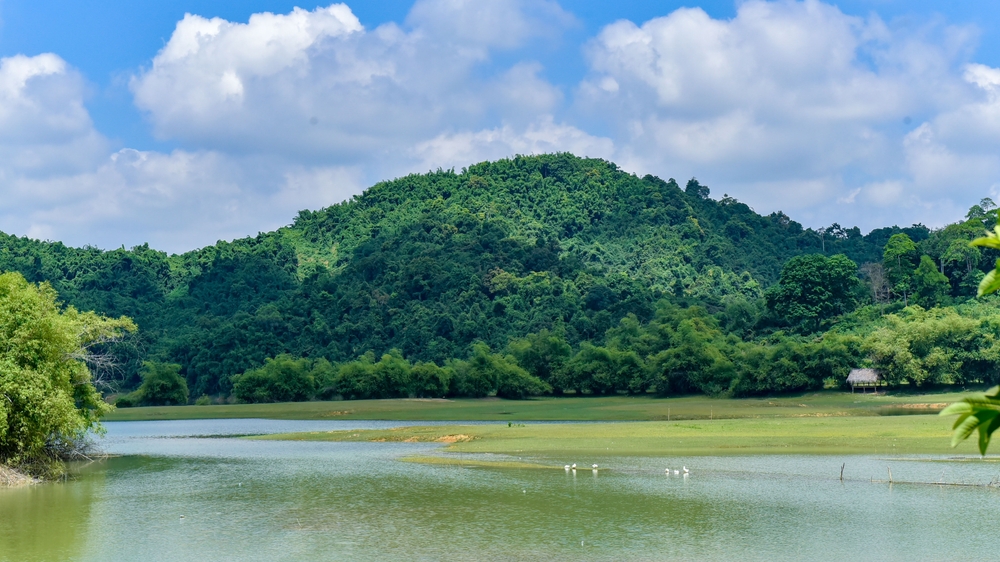Bidoup Núi Bà Overview
Bidoup Núi Bà National Park, known locally as Vườn Quốc gia Bidoup Núi Bà, is a protected area located in the Central Highlands of Vietnam, specifically within Lâm Đồng Province. The park spans an impressive area of 249.25 square miles (646 square kilometers) and is part of the larger Lang Biang Biosphere Reserve. Its location at the convergence of various ecosystems makes it a biodiversity hotspot, offering visitors a chance to explore some of Vietnam’s most pristine and diverse natural landscapes.
The park’s terrain is a captivating mix of rugged mountains, deep valleys, and dense forests. Its highest peak, Bidoup Mountain, rises to 7,874 feet (2,400 meters) above sea level, providing breathtaking views and challenging hikes for adventurous visitors. The landscapes are dominated by montane forests, including lush evergreen and coniferous forests, interspersed with bamboo groves and grasslands.
Towering trees like the Bidoup pine (Pinus dalatensis), an endemic species, are a signature feature of the park, along with a variety of orchids and medicinal plants that thrive in the cooler highland climate. Rivers and streams carve through the terrain, creating picturesque waterfalls such as Thien Thai and Pongour, which add to the park’s allure.
Bidoup Núi Bà is home to an extraordinary array of wildlife, including many rare and endangered species. Key mammals include the Asian black bear, yellow-cheeked gibbon, gaur, and the elusive large-antlered muntjac. The park is also a paradise for bird enthusiasts, boasting over 300 bird species.
The brightly colored collared laughingthrush, black-hooded laughingthrush, and the orange-breasted laughingthrush are among the avian treasures found here, some of which are endemic to the region. The park’s ecosystems also support reptiles, amphibians, and a wide variety of insects, making it a critical area for biodiversity conservation.
Visitors to Bidoup Núi Bà National Park can engage with its natural beauty in numerous ways. Trekking is a popular activity, with trails ranging from moderate to challenging, many leading to spectacular viewpoints or hidden waterfalls. Birdwatching tours are a favorite among nature enthusiasts, while camping in designated areas offers a chance to immerse oneself in the serene environment.
Cultural experiences with local ethnic groups such as the K’ho and Churu people provide insight into traditional lifestyles and sustainable practices that have coexisted with the park’s ecosystems for generations.
Conservation efforts in Bidoup Núi Bà face challenges such as deforestation, illegal poaching, and the pressures of nearby agricultural expansion. However, the park management has made notable strides in addressing these issues, with reforestation projects, anti-poaching patrols, and community-based conservation programs. Its designation as part of the Lang Biang Biosphere Reserve underscores its global significance and highlights collaborative efforts to protect its rich biodiversity while promoting sustainable ecotourism.
















































































